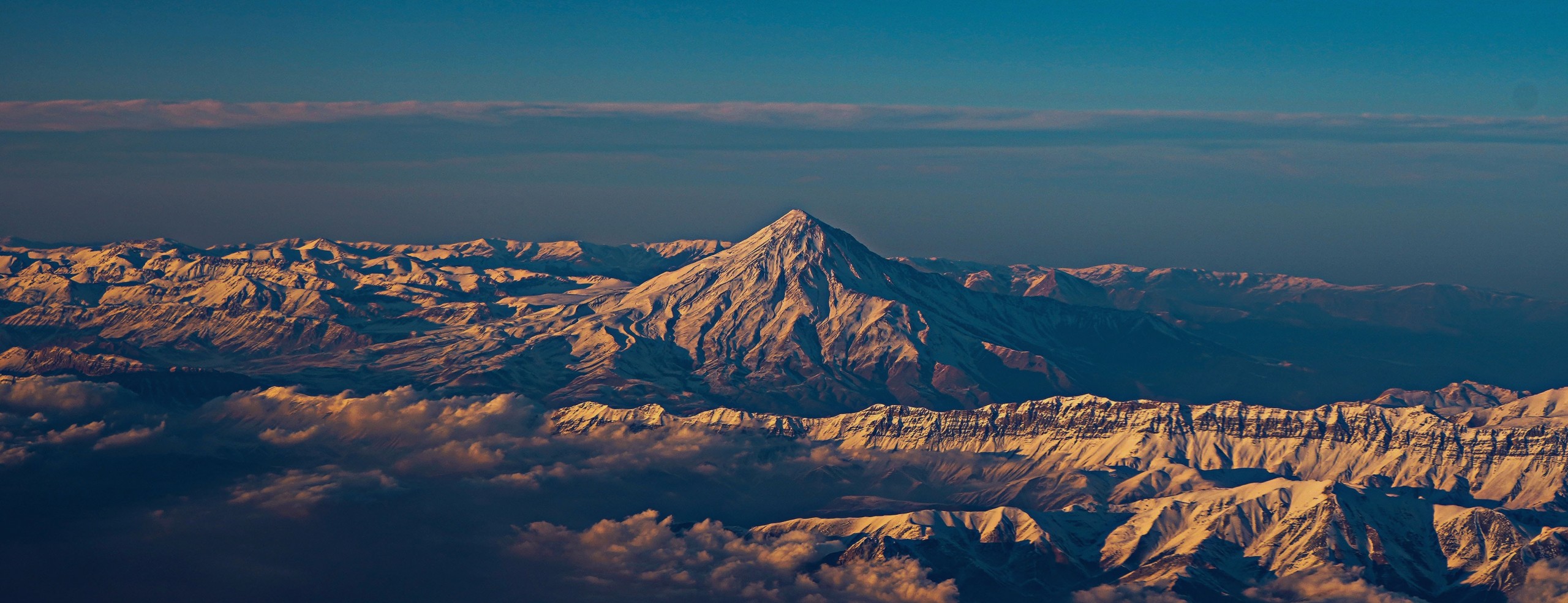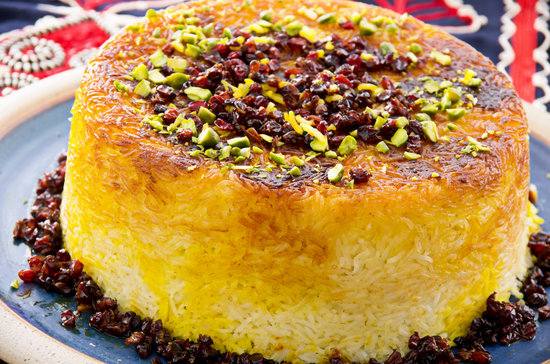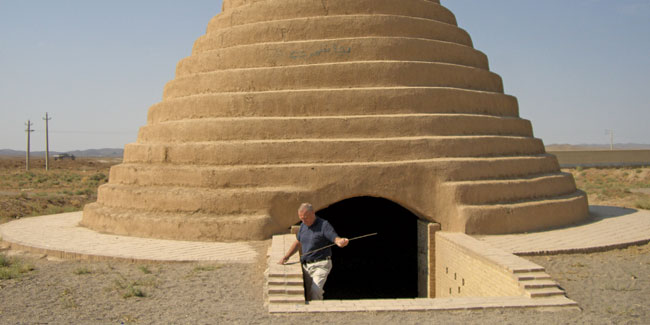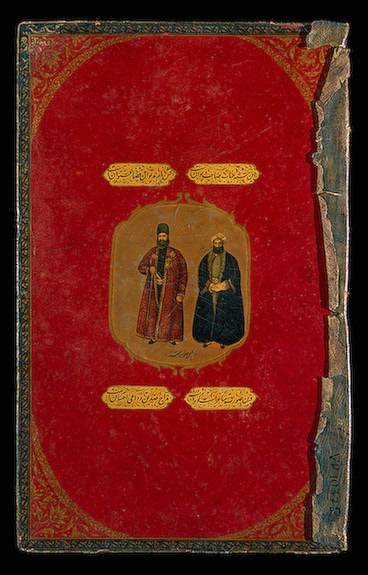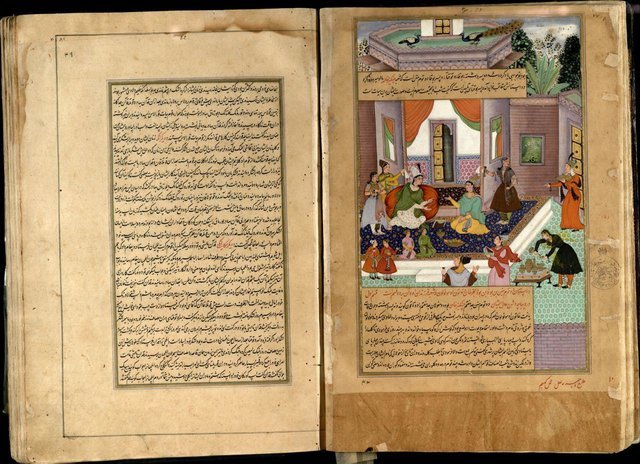Official Website of Dr. Kaveh Farrokh
Dedicated to Advancing Iranian and Classical Studies
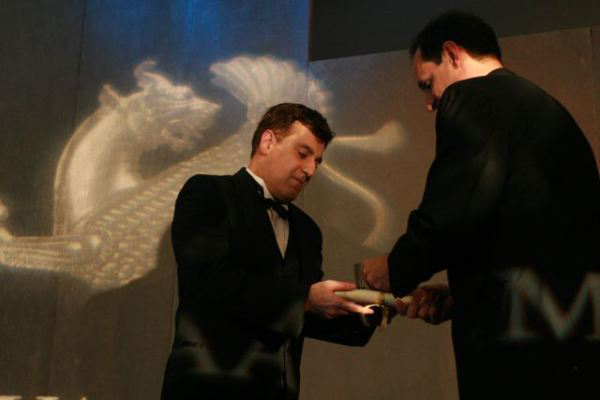
KavehFarrokh.com is dedicated to the advancement of Iranian and Classical Studies. The Ancient World is a heavy focus of the site as well as the relationship between Iran and other global civilizations, including Roman, Arabian, Indian, Chinese, Persianate, Silk Road and greater Islamic World societies. Hence, a greater aim of the site is to promote and foster intercultural understanding, respect, and dialogue given the fascinating interplay of elements that comprise humankind.
The Kaveh Farrokh Foundation Iranian Militaria Initiative (KFF-IMI) is a progressive endeavor aiming at fulfilling the gap in academia on the military history of Iranians. This is achieved by providing research and information on the Scythians, Sarmatians, Medes, Achaemenids, Parthians, Sassanians, Tocharians, and post-Islamic societies.
Award-Winning Gold Medal
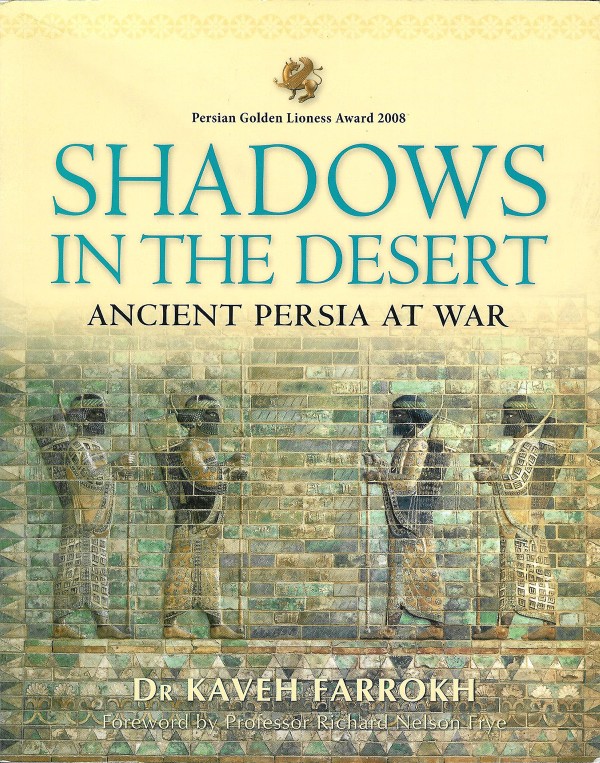
Shadows in the Desert: Ancient Persia at War
Shadows in the Desert: Ancient Persia at War
Shadows in the Desert: Ancient Persia at War (available: OspreyPublishing or Amazon.com.) outlines Persia’s contributions to world civilization in areas such as mythology, technology, sciences, literature, militaria, the arts, music, architecture and garments. The main aim of this book is to promote the establishment of a permanent Iranian Studies department in Canadian and American universities.
The book has been cited by the University of Leicester’s School of Archaeology & Ancient History, the University of Ottawa, University of Edinburgh, Stanford University and Harvard University.
Featured Books
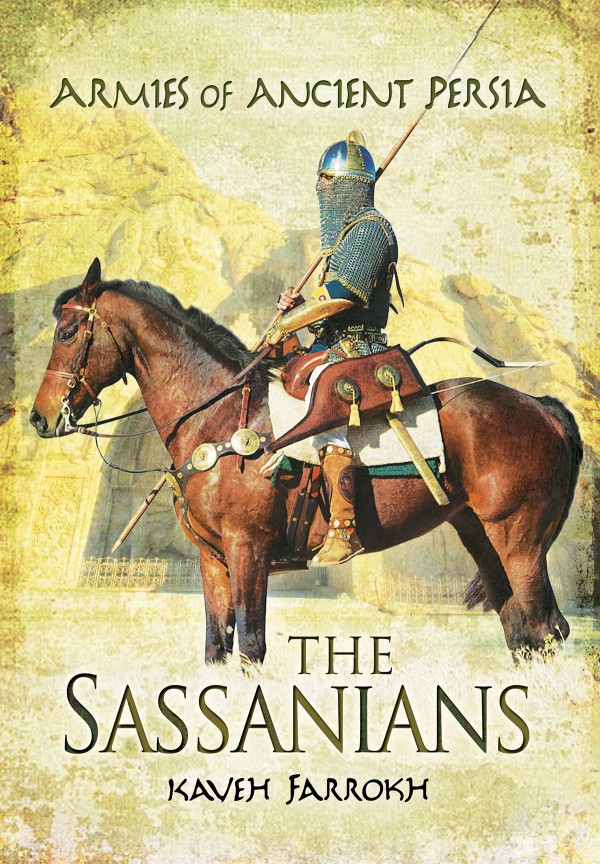
The Sassanians
The Sassanians
Throughout most of the classical period, Persia was one of the great superpowers, placing a limit on the expansion of Western powers. It was the most formidable rival to the Roman empire for centuries, until Persia, by then under the Sassanians, was overwhelmed by the Islamic conquests in the 7th century AD. Yet, the armies of ancient Persia have received relatively little detailed attention, certainly in comparison to those of Rome. This work is the first of three volumes that will form the most comprehensive study of ancient Persian armies available.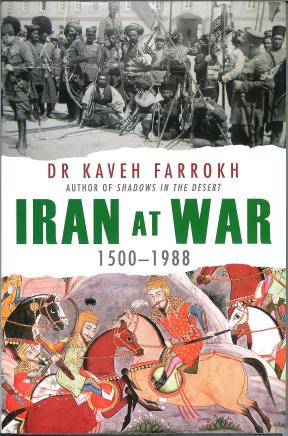
Iran at War: 1500 – 1988
Iran at War: 1500 – 1988
“…Iran at War begins where Shadows in the Desert ended, with the Arab conquest of Persia and the rise of Islam in the mid-7th century. Farrokh then describes the pivotal 16th century which saw the rise of a powerful family, the Safavids, which ruled Iran for 200 years. During the Safavid period, a strong, secular-minded central government fielded an army that was able to stare down threats from the Turks, Arabs, and Russians in the west and the Uzbeks and Afghans in the east. According to Farrokh, the push south, east, and west from Iran’s hostile neighbors during this era foreshadowed security threats it has faced down to the current day …For readers interested in geopolitics, Iran at War provides much needed insight into “the state of mind” of the Iranian people…that set the Iranians apart from their neighbors. His analysis of the Iranian revolution in 1979 and the subsequent Iran-Iraq war provides important background information…”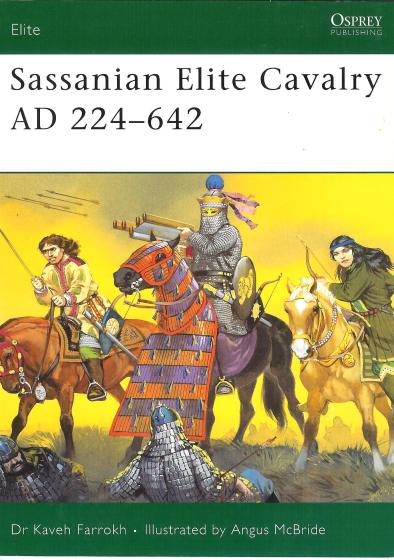
Sassanian Elite Cavalry AD 224 – 642
Sassanian Elite Cavalry AD 224 – 642
Farrokh has collected data and primary sources on Sassanian cavalry for 18 years resulting in travels to locations such as Naghsh-e-Rustam (Iran). The book was most recently reviewed by Shahnaz Hojati of the University of Tehran in the peer-reviewed journal below (available also on Academia.edu):
Farrokh’s first book, which is the first to specifically discuss the Sassanian dynasty’s elite cavalry (Savaran). This text has outlined the specific Pahlavi terms of the Sassanian cavalry’s elite units (e.g. Gyanavaspar; Zhayedan, etc.), military tactics, insignia and pitched battles. The role of Iranian women in the Sassanian military system has also been emphasized.

